The Last of Us Part 1 review – a faithful yet unnecessary remake
Does the PS5 remake of The Last of Us warrant another purchase?
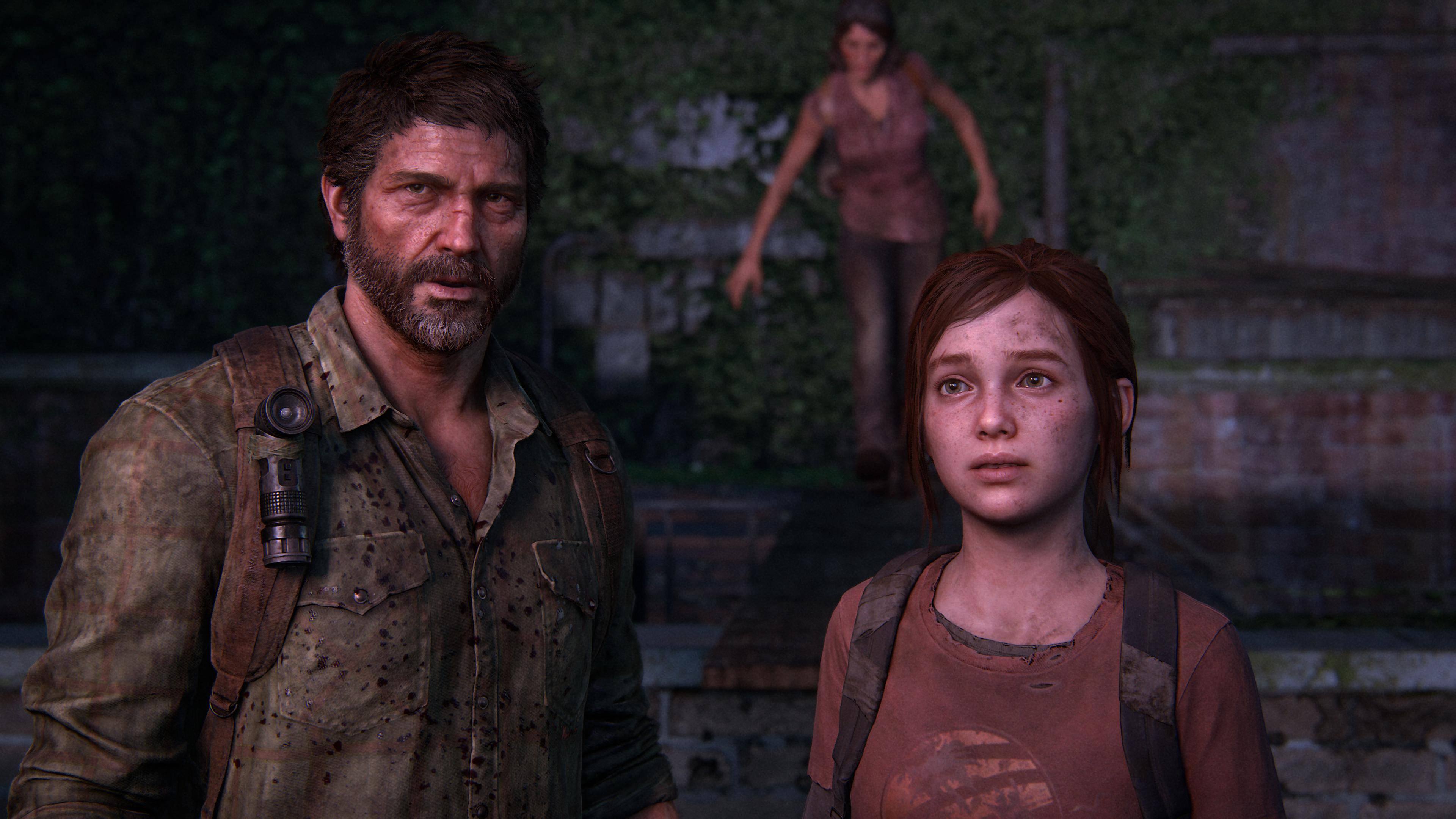
The Last of Us remains one of the best games of the last decade. It's essential for anyone that hasn't experienced Joel and Ellie's story before, however, returning players will find little incentive in the PS5 remake, aside from the graphical upgrade.
-
+
Next-gen features
-
+
A must-play for newcomers
-
+
Still a masterpiece
-
-
Price
-
-
Some of the gritty charm has been lost
-
-
Little incentives for returning players
Why you can trust T3

What can you say about The Last of Us that hasn't been said prior? As Naughty Dog's crown jewel, the story of Joel and Ellie is a timeless one that has received more plaudits than the majority of games throughout history, taking home over 200 Game of the Year Awards. Now back on PlayStation 5 for its third release in less than a decade, everyone wants to know whether the remake is actually worth it.
It's a fair question. Naughty Dog is one of the most talented developers in the world, so the fact the studio felt it necessary to remake a game that has surpassed 20 million sales globally instead of focusing on another inevitable sequel or a new IP altogether is one well worth raising. It's also clear that the remake is a marketing tactic to help promote the upcoming The Last of Us TV series on HBO Max. So who is this remake really for?
Going forward, the PS5 remake is without a doubt the definitive way to experience the story. Anyone that hasn't played the game before needs to remedy that immediately, and there's no better starting point than here. Equally, those that have played only played the 2013 release and not the remaster will feel some benefits. For everyone else, including those truly devoted fans, it's hard to justify another purchase.
Note: To find out more about the story, mechanics, music, and everything else about the original release, check out T3's 2013 The Last of Us review on PS3. This review will mainly be addressing the upgrades by Naughty Dog for the 2022 release on PS5.
The Last of Us Part 1 review: price and release date
- What is it? A remake of the 2013 action-adventure from Naughty Dog
- Release date? September 2, 2022
- What platforms can I play it on? PS5
- Price? $69.99 / £64.99 / AU$124.95
The Last of Us Part 1 review: what is it?
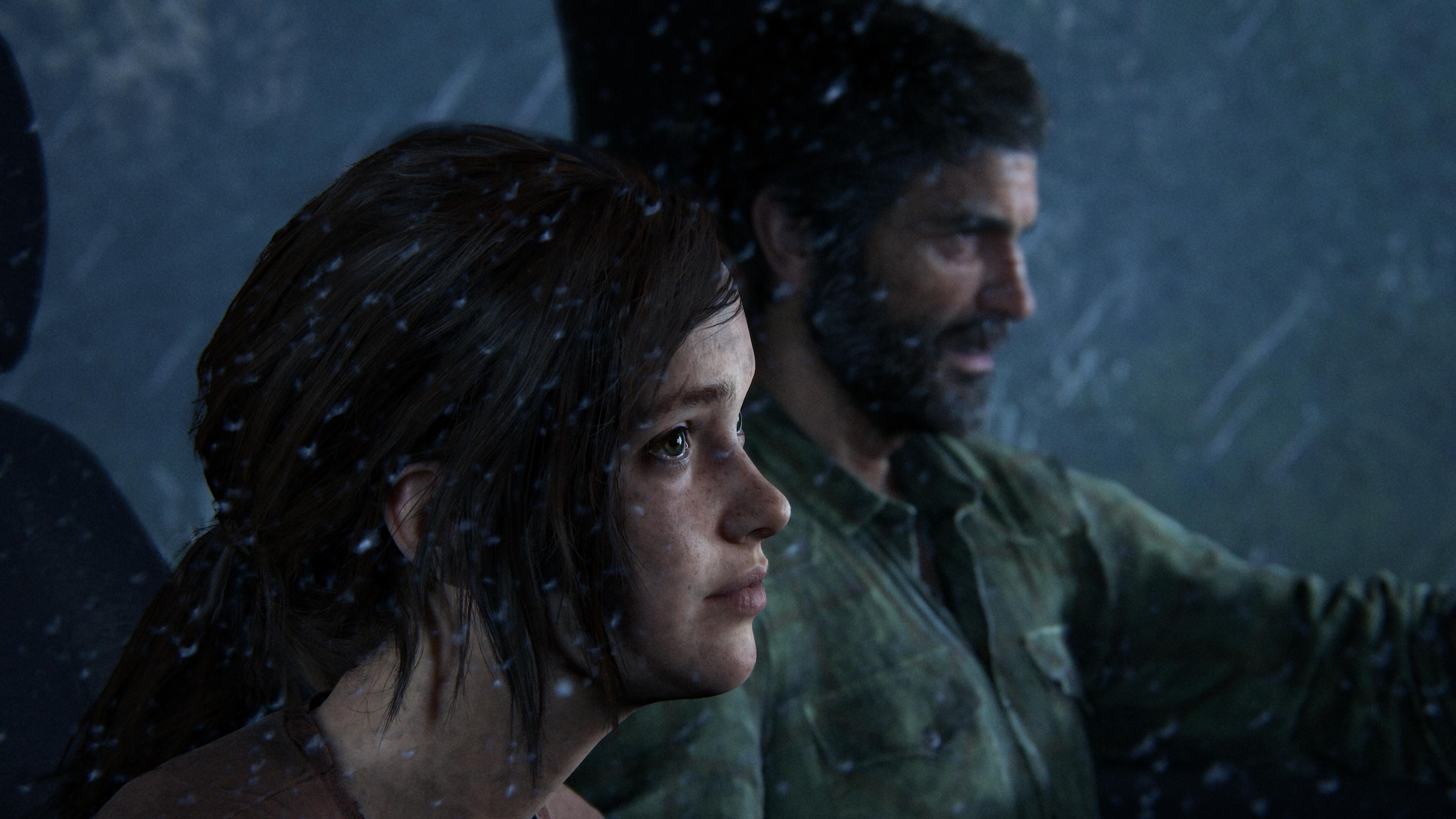
Set 20 years after a fungal plague has decimated half of the human race, a survivor named Joel is tasked with escorting 14-year-old Ellie across the now post-apocalyptic US in hopes of creating a cure and ending the nightmare. Along the way, the pair encounter hunters, smugglers and various forms of infected humans, known as Clickers.
Alongside this, The Last of Us Part 1 comes with The Last of Us: Left Behind DLC (it was included in the 2014 remaster too). The prequel tells the story of Ellie's relationship with her best friend, Riley, set before and during the events of the main game. I would deem it essential to the overall narrative, so don't skip out.
Naughty Dog's aim for the remake was to bring the game closer in line to its "original vision" if the studio was not constrained by technology at the time. That seems harsh considering how striking the 2013 release was and still remains to be. So much has held up admirably well, be that the traumatic opening as I personally now rocket ever closer towards fatherhood (help), a deadly virus as we all 'exit' a global pandemic, or the simple things like Ellie learning to whistle over the course of the journey.
Get all the latest news, reviews, deals and buying guides on gorgeous tech, home and active products from the T3 experts
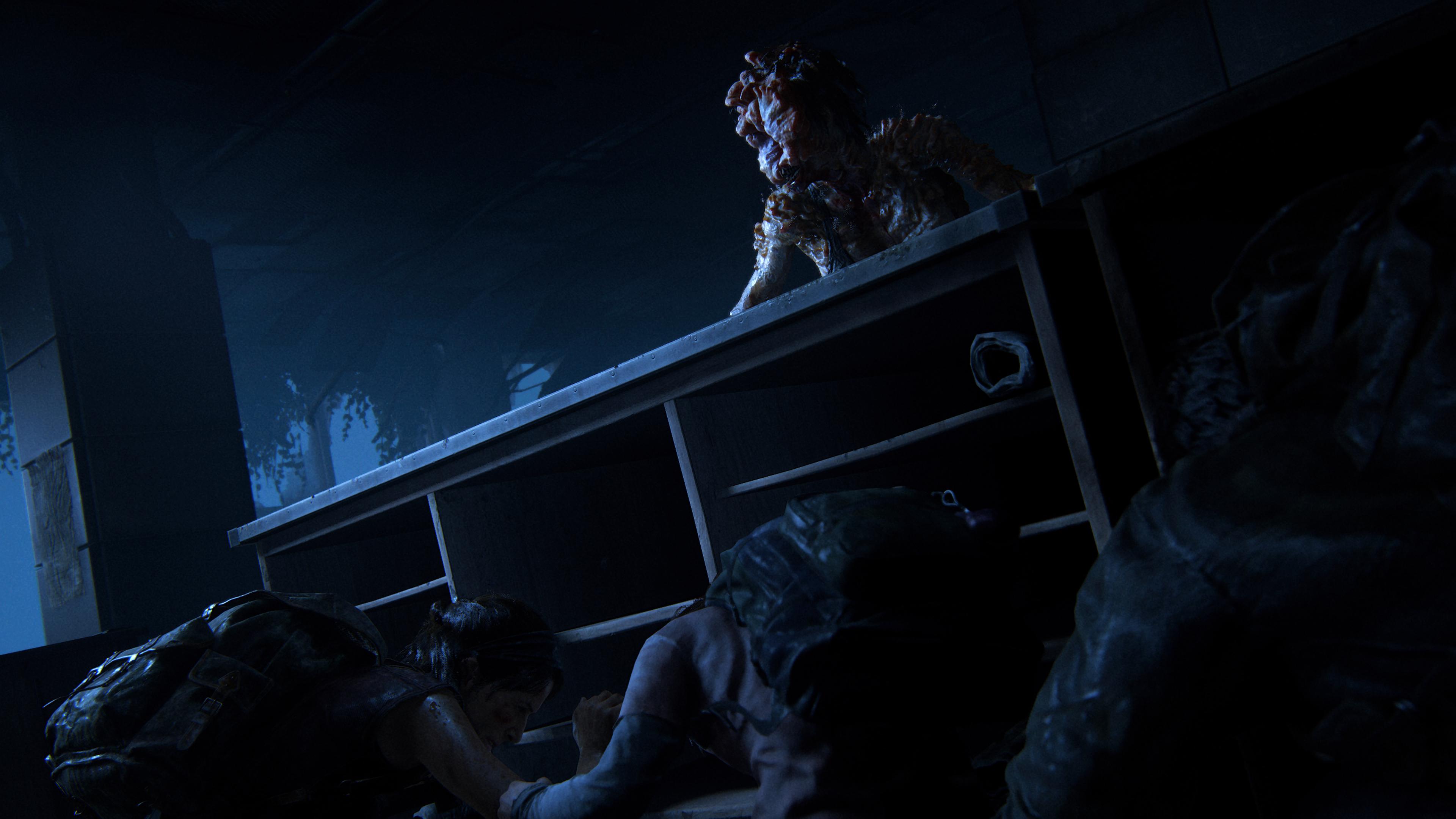
New ways to play through The Last of Us have been added, including a permadeath and speedrun mode. The former basically means if a player dies at any point during the game they have to restart the whole thing over again, although it can be tailored to per season or per chapter for those less daring. The latter is to test how fast the game can be beaten, perfect for the speedrunning community and Twitch. These both feel quite niche extras, with only a small percentage likely to use them.
On top of this, there are now more unlockable outfits, a model viewer mode to check out designs in greater detail, as well as the previously released The Last of Us podcast from the cast and crew and Director's Commentary. Great. What's not great is locking this all behind the player having to beat the game considering the number of returning players. Seems like an oversight. Furthermore, multiplayer (Factions) is absent altogether.
The Last of Us Part 1 review: how does it play?
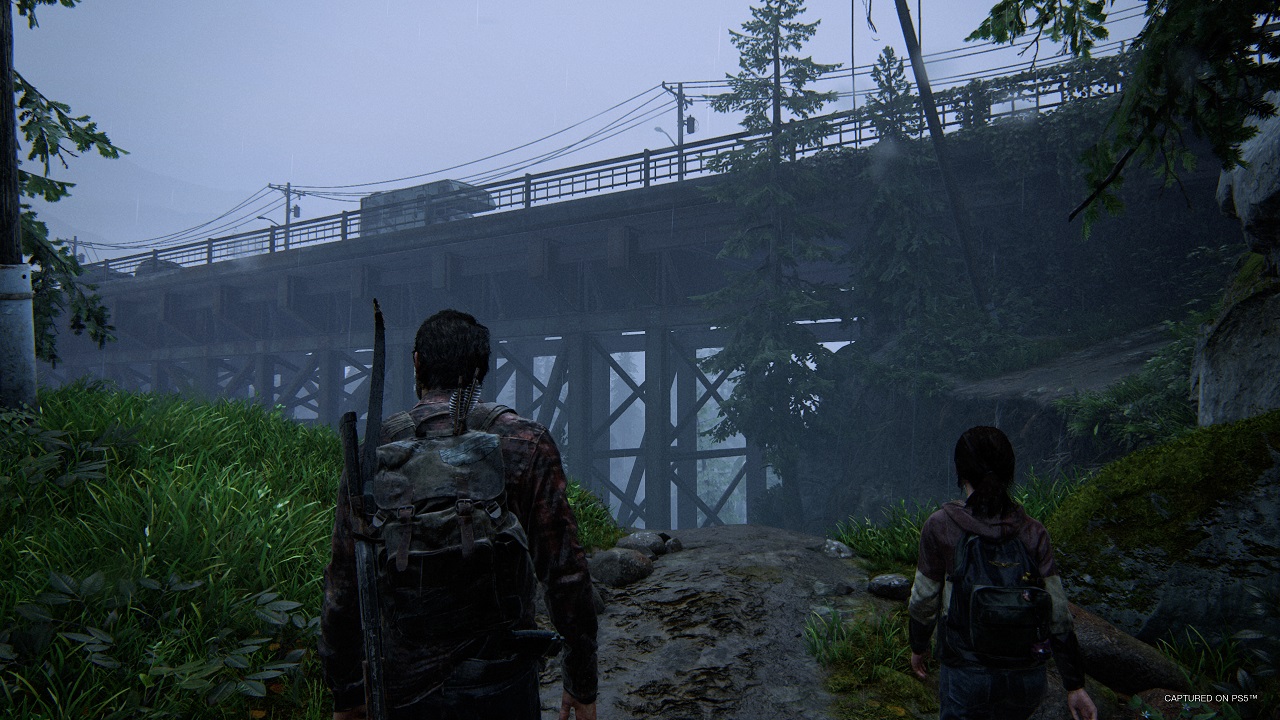
It's a strange thing having the mechanics of a 2013 game coated in something that has graphics from 2022. It works, obviously. This is The Last of Us. It's just certain little things like Naughty Dog's obsession with moving crates, or how Joel crouches down to awkwardly craft which have become a bit comical at this point.
The Last of Us gameplay has players controlling either Joel or Ellie from a third-person perspective, as they progress through cities and wilderness across the US. Players can shoot using pistols, shotguns, rifles and more, however, bullets are sparse meaning stealth or fleeing is sometimes the better option. Molotovs and nail bombs are also examples of weapons that can be crafted. If not, hand-to-hand combat is an option.

Haptic feedback improvements now mean that combat is further enhanced, felt in every punch thrown. Likewise, the adaptive triggers have been taken advantage of – most noticeably when using the bow and arrow. I did feel weapons across the board utilised the technology better in Sniper Elite 5, though, providing a better push and pull that I rarely found with standard weapons in The Last of Us.
AI has received an upgrade. Enemies are now more aware of Joel's presence while stealth has been enhanced to avoid buddies running into the path of others. I still found Ellie getting caught in front of enemies just as much as in the original, so there's still some way to go to make it seamless. Very few technical issues were apparent, aside from a couple of minor bugs where ladders or skips would go through surfaces momentarily.

Motion matching is another tech that makes characters follow logic to try and match the desired movement from hundreds of different animations to replicate real-life scenarios. It sounds impressive, I just never really spotted the difference. Is that bad? I appreciate the feature but things like this often seep into the background. Naughty Dog has also integrated its extensive accessibility system, including audio description built-in to the cinematics – a first for a PlayStation game, according to the studio. Huge applause for this. Having more people be able to play a game comfortably is only a positive.
The Last of Us Part 1 review: how does it look and sound?

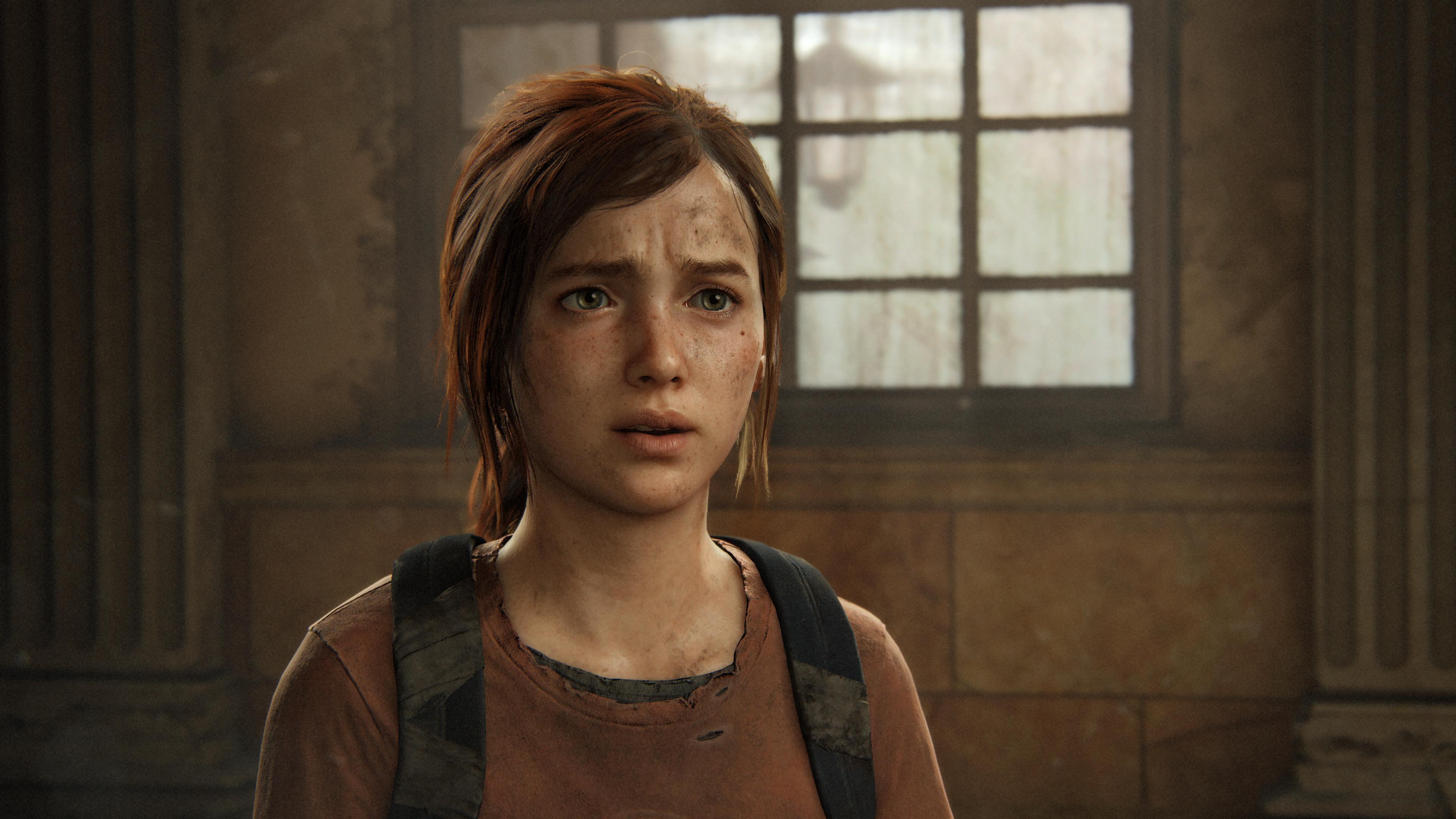

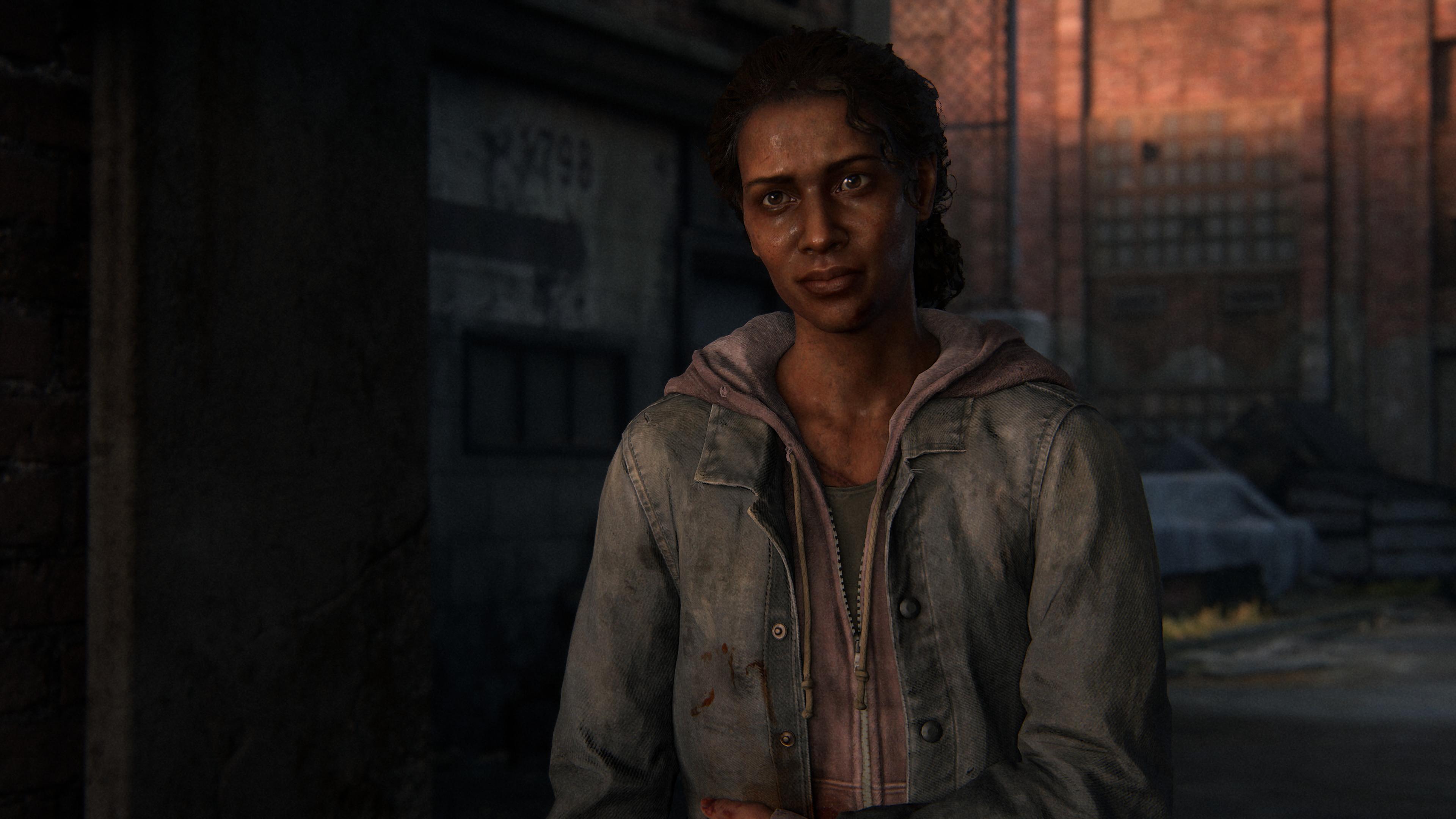
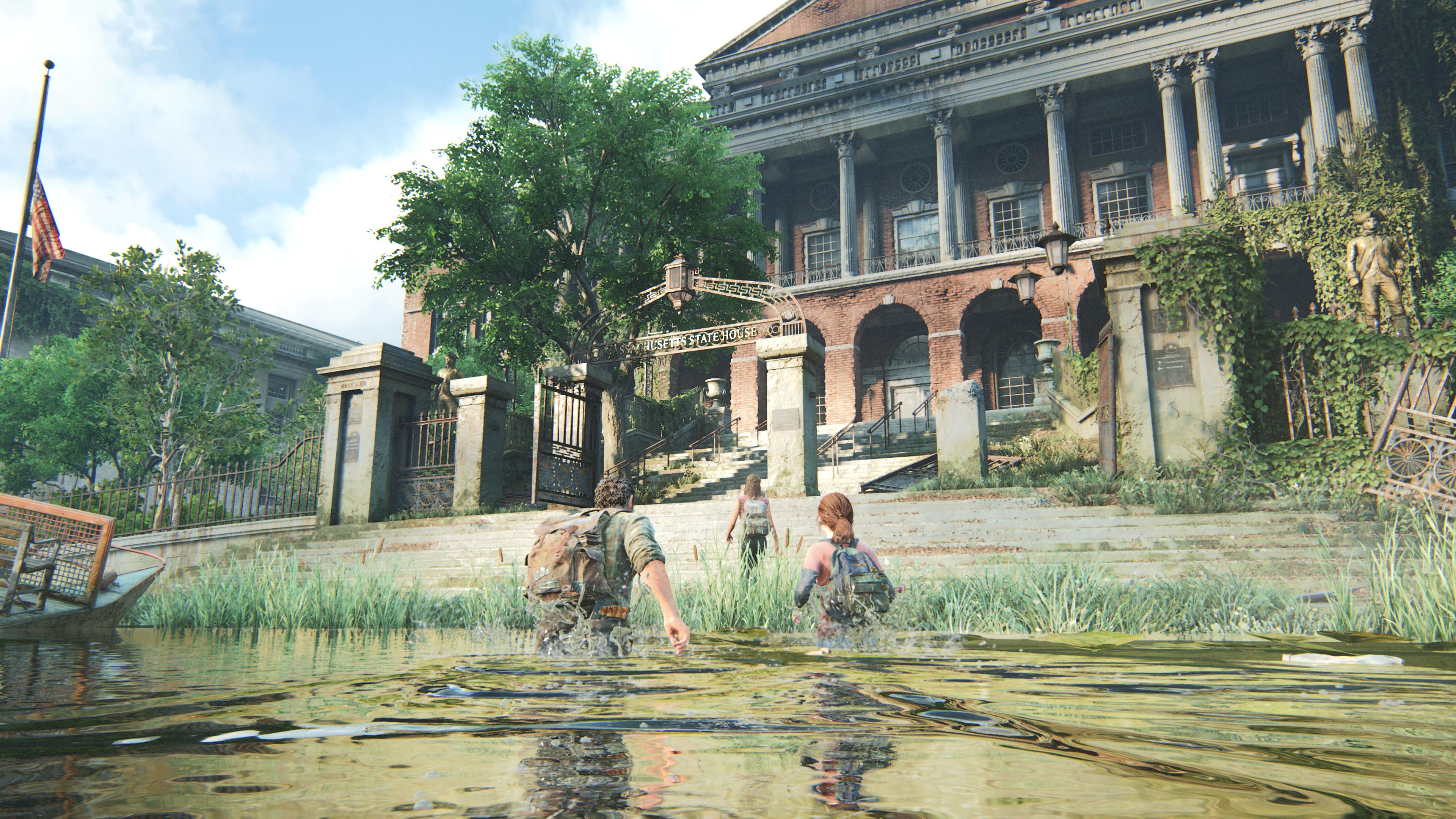
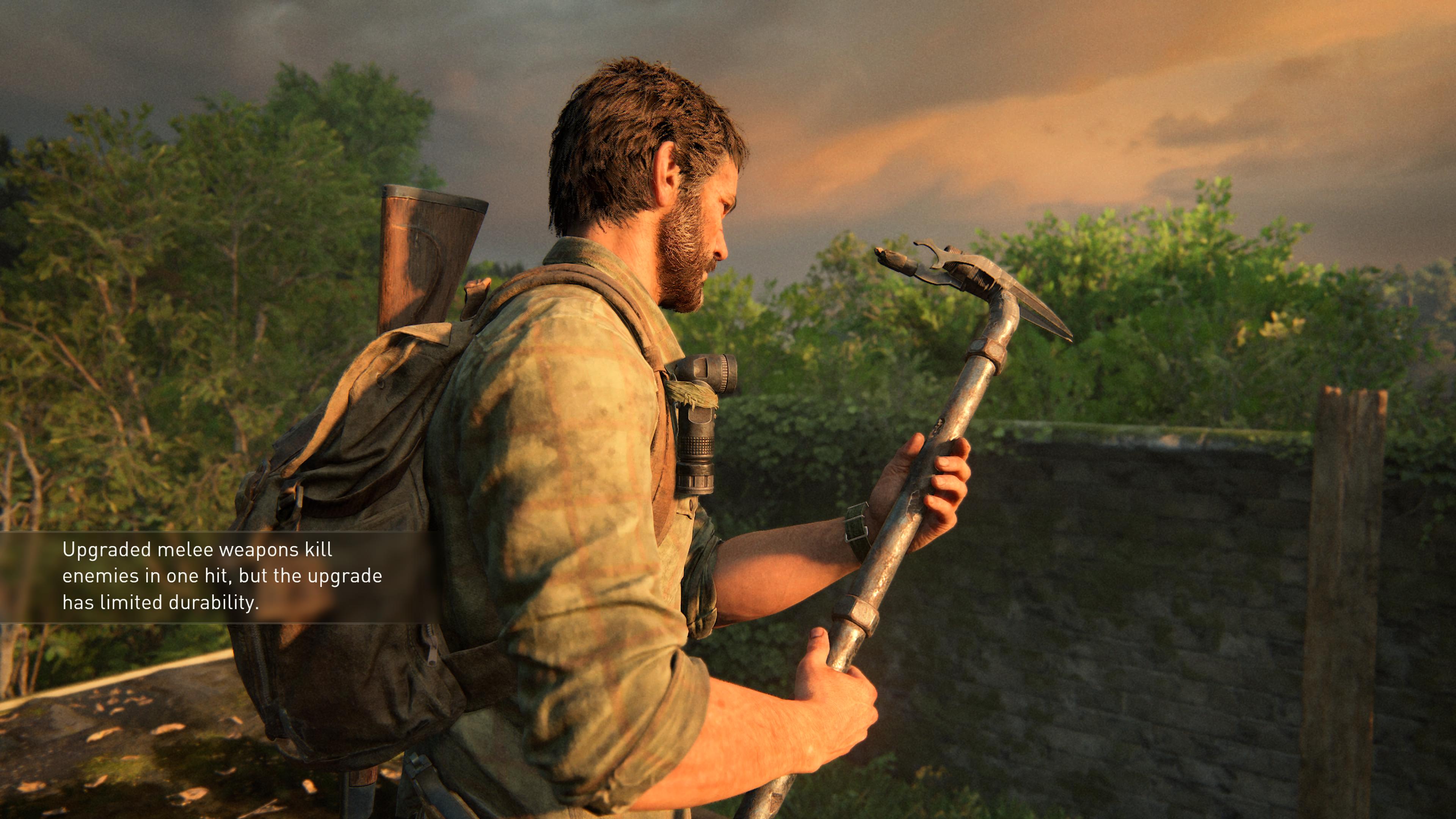

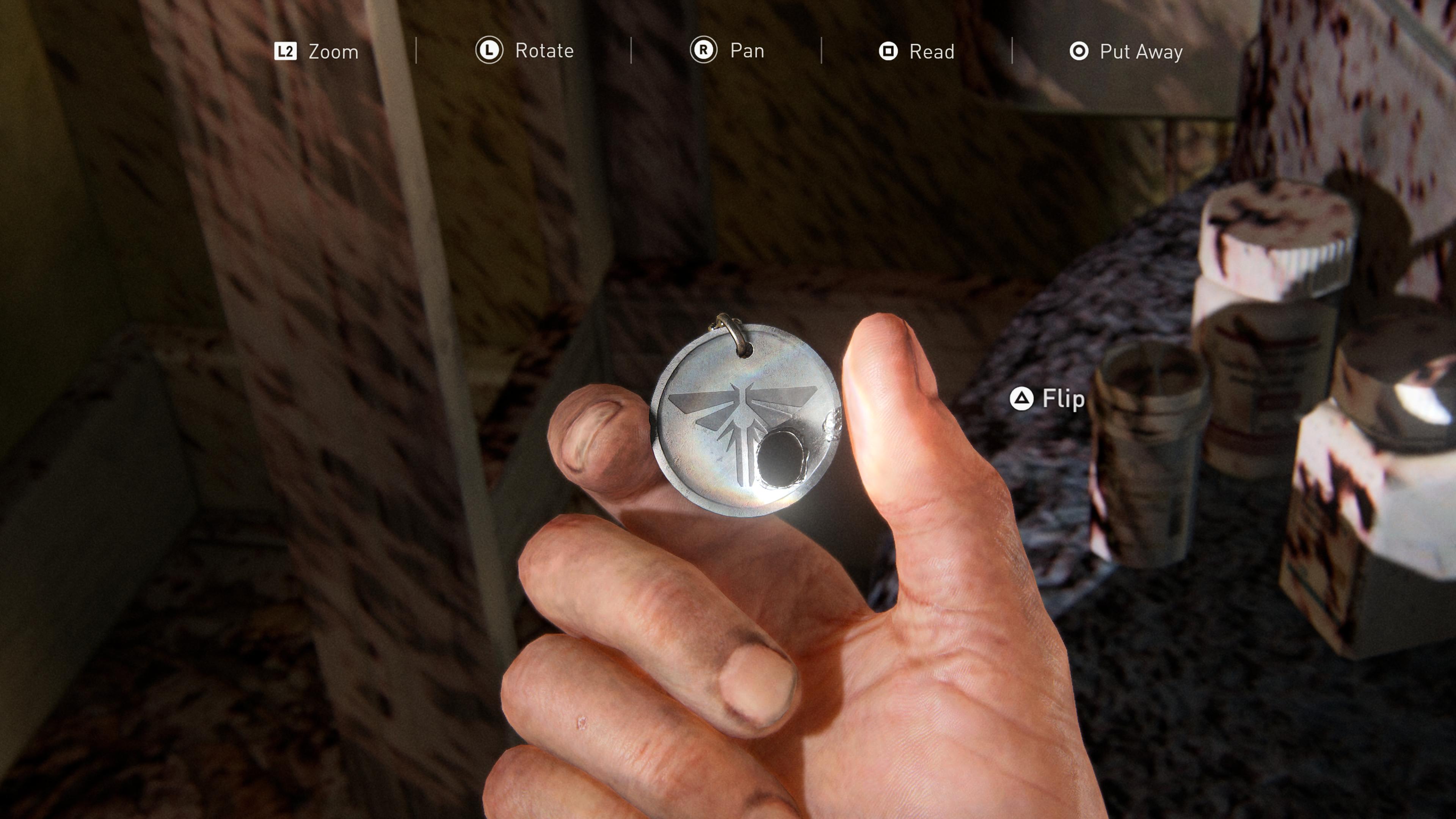
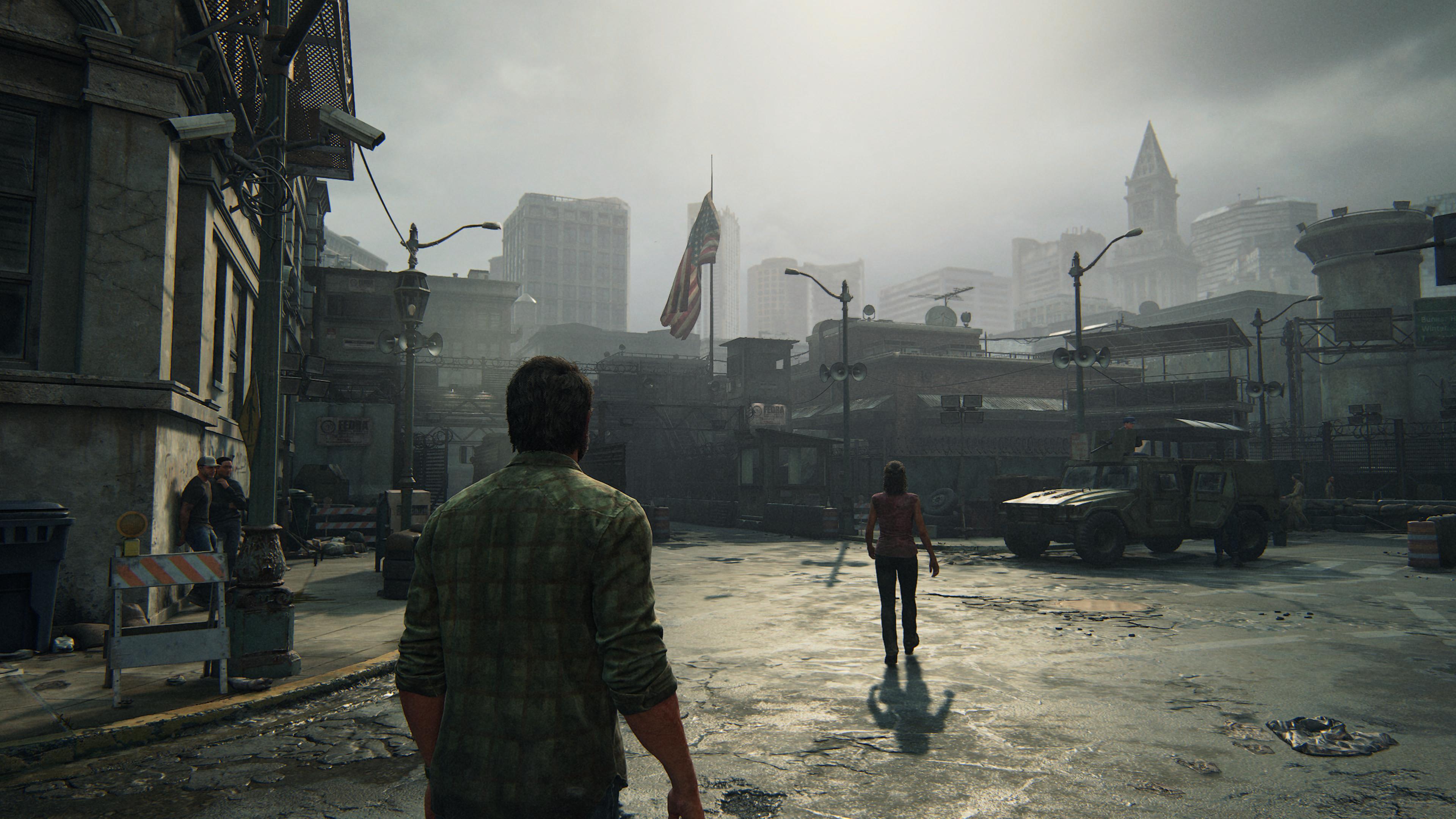
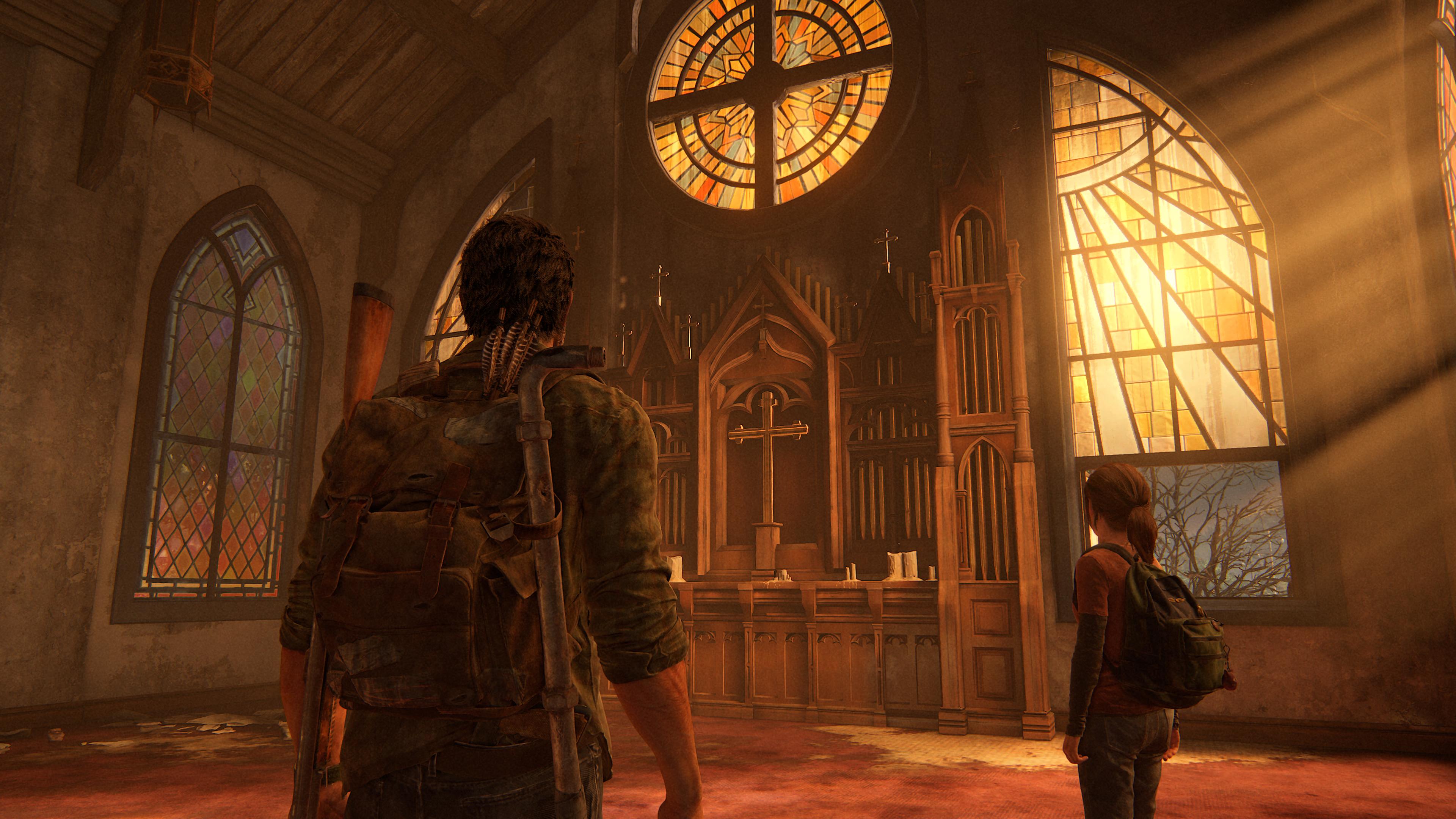


Now onto what is arguably the biggest question of the lot: is the graphical upgrade worth it? The answer is yes and no. My mixed feelings stem from the fact that, on one hand, the new overhaul in models, textures, environments, lighting, and pretty much everything you can think of is clearly a step up. It's gorgeous! A truly stunning game, only amplified by the new next-gen capabilities.
On the other hand, I do think some of the original's gritty charm has been lost. The streets were more grubby, the characters felt more dishevelled, it's a consequence of updating old games to today's standards. The lighting plays a big part in this, working well in more grassy areas but putting an unnecessary shine on buildings. Additionally, I prefer the look of the giraffe in the original. I don't know why. I get it's more lifelike but I miss its adorable wide eyes. There I said it.
New workbench animations fall much more in line with the sequel, watching Joel carefully upgrade a pistol's magazine bit by bit is awe-inspiring... even if it does feel slightly tedious. What does feel more of an upgrade are the breathtaking vistas, giving a wider scope of the surrounding areas in the likes of Boston, Pittsburgh, Salt Lake City and Wyoming. The same can be said for destructible objects, shattering more glass or firing off chunks of wood when penetrated by bullets.
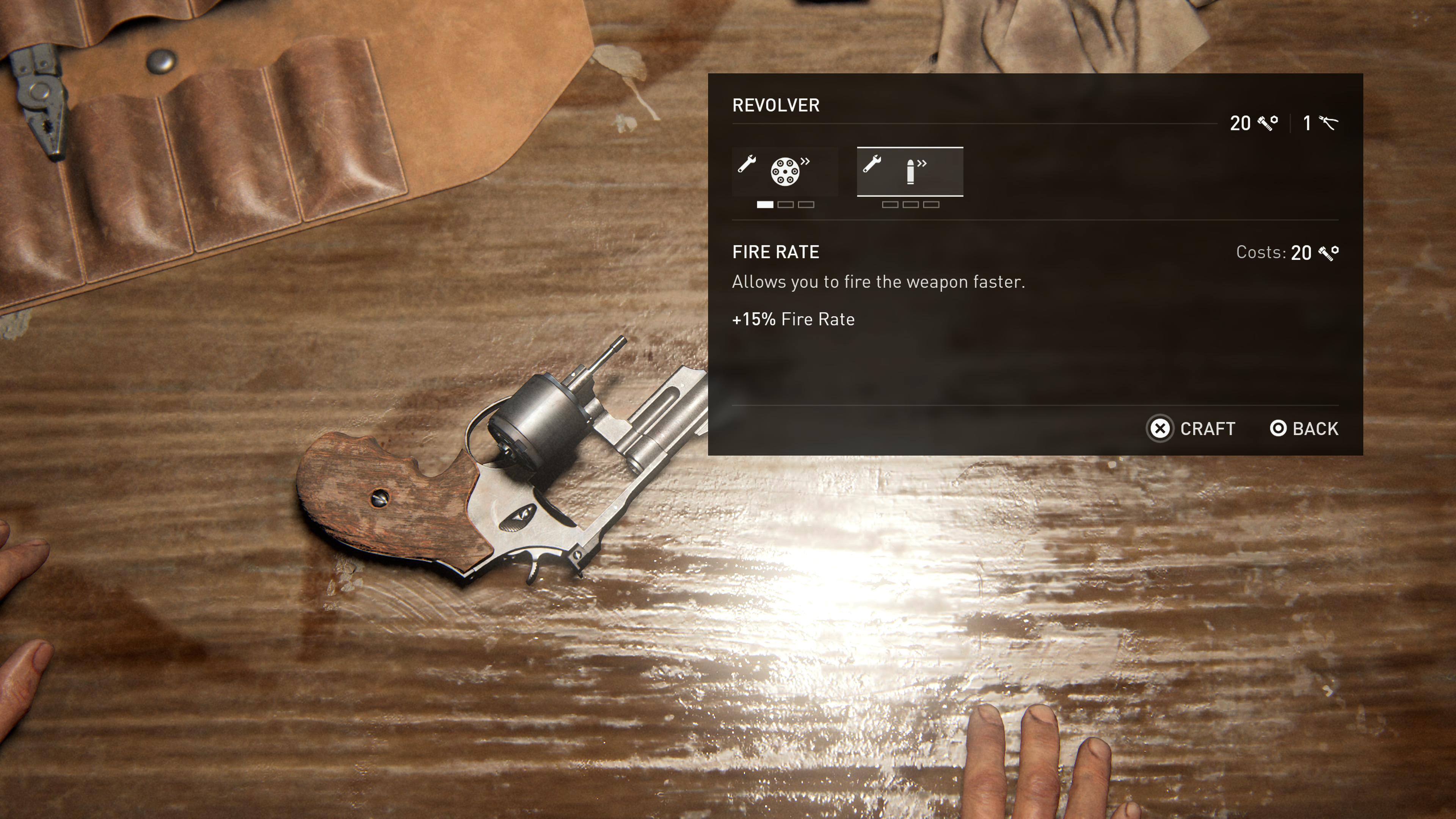
From the technical specifications, The Last of Us Part 1 offers 4K resolution at 30 frames per second or dynamic 4K resolution at 60 frames per second. These are outlined in Performance and Fidelity modes within the settings. I always opted for performance, yet still felt I was reaping the rewards of its graphical overhaul. HDR support is also available.
Finally, while the subtle soundtrack by Gustavo Santaolalla is untouched (rightly so), 3D audio has been integrated, all with the aim of creating better immersion. This works best when in the dankest conditions when being stalked by Clickers, helping to identify where the infected are attacking from. On a couple of occasions, it did make me jump as a result.
The Last of Us Part 1 review: how long to beat?

As this is my fifth time playing through The Last of Us, I can roll credits in a good 10 hours or so. Anyone attempting the game for the very first time will likely be closer to 16 hours. Naturally, this is all dependent on how you explore the world. Are you the kind of person that reads every scrap of paper, likes to grab every Firefly pendant as well as all other collectables to pop the Platinum trophy? If so, I'd say the playtime will be around 25 hours for newcomers.
The Last of Us: Left Behind takes approximately two hours, again extending to around three if you want to find all of the collectables. It's absolutely worth experiencing, just as integral to the main story while fleshing out Ellie's backstory.
Verdict
The Last of Us Part 1 is still one of the best games of the last decade and an absolute must-play for newcomers. For anyone making the unforgettable journey with Joel and Ellie for the very first time, this is a five-star experience. Despite that, due to a lack of incentives – aside from the graphical glow-up – as well as a steep price of entry, it's hard to justify a second (or even third) purchase for returning players.
Also consider
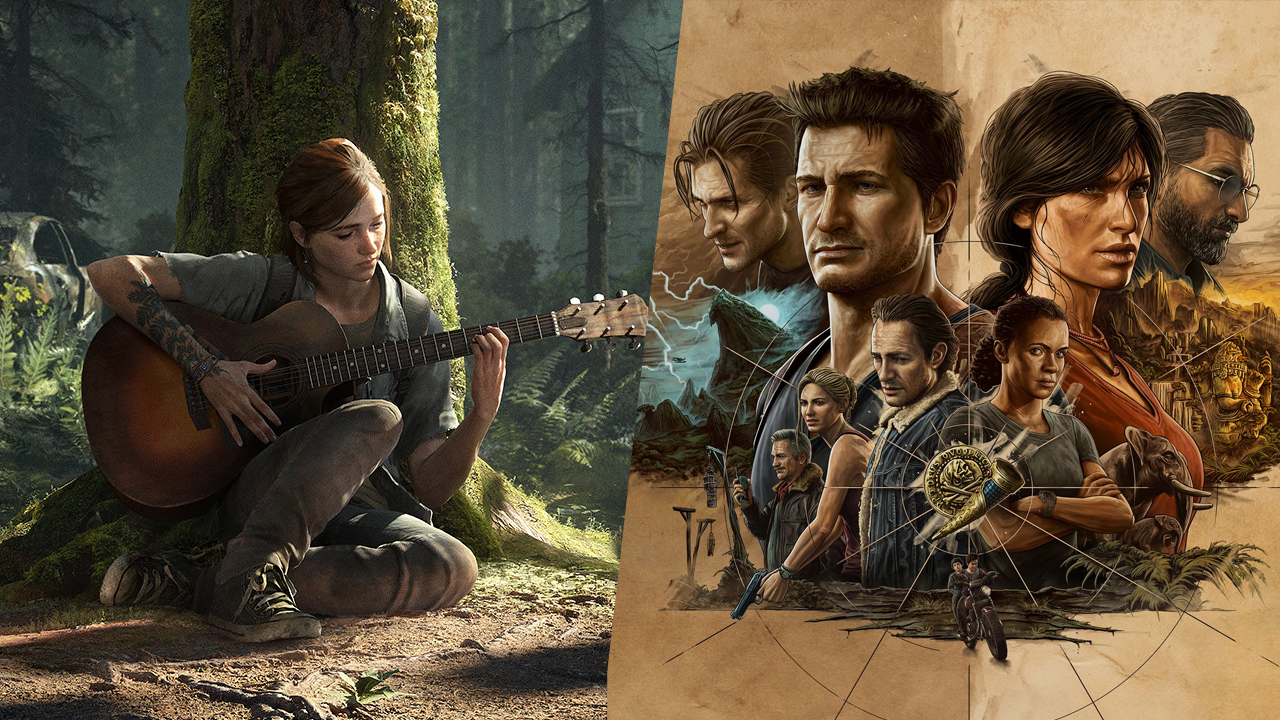
The logical suggestion for anyone that enjoys The Last of Us will be to play its 2020 sequel, The Last of Us Part 2. While not spoiling anything, it does feature a controversial story that split the fanbase but likewise brought about some interesting discussions. If you're looking for something lighthearted, then do check out the Uncharted series from Naughty Dog, which features fun Indiana Jones-like globetrotting adventures. With the Uncharted: Legacy of Thieves Collection launching on PS5 earlier this year, it's the perfect time to jump in.

Matt is a freelance writer for T3, covering news and keeping up with everything games, entertainment, and all manner of tech. You can find his work across numerous sites across the web, including TechRadar, IGN, GamesRadar, Tom's Guide, Fandom, NME, and more. In his spare time, Matt is an avid cinema-goer, keen runner and average golfer (at best). You can follow him @MattPoskitt64